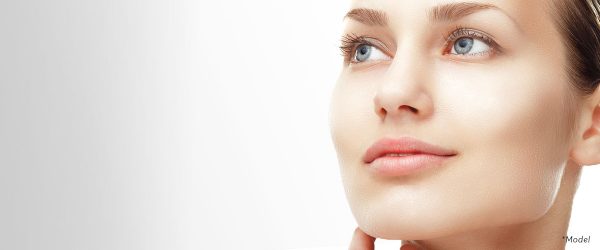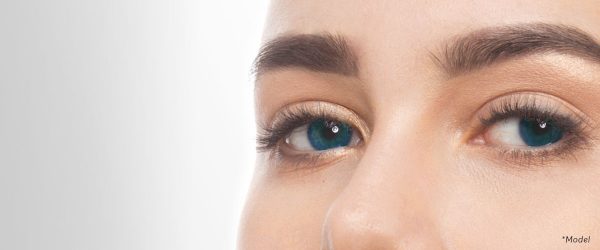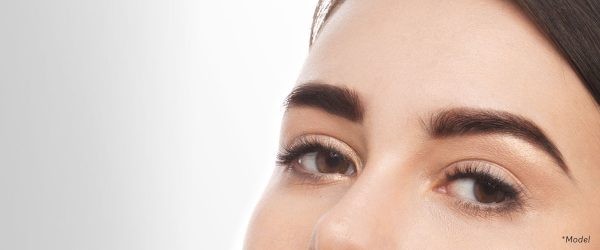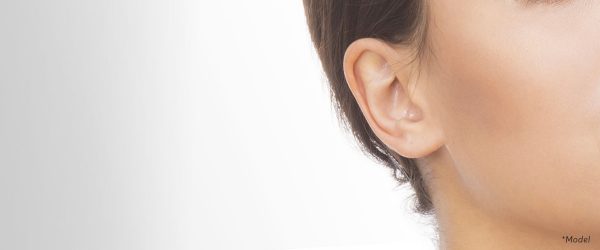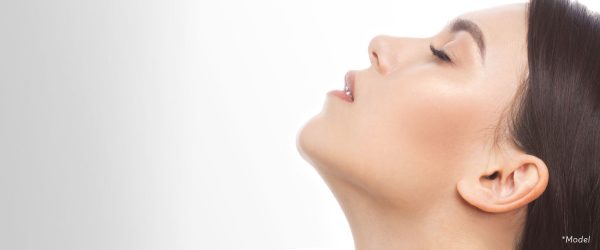As a patient considering rejuvenating or restorative surgery of the face, you probably have certain concerns which you consider to be more important than others. The first thing we do after we sit down together in a consultation is to ask you what concerns you the most.
You may have deep worry lines above and between your eyes sagging of your cheeks, with a deep fold running from your nose down to your jawline, the development of jowls at the jawline, or may have an aged and poorly defined neck. You may have a chronic angry, sad or tired expression. You may have heaviness, or bags, under your eyes. Each of these is caused by a specific change in anatomy and we will make a proper diagnosis and explain the right operation for you. In some cases, this can be achieved with minimal incisions and scars.
Facial rejuvenation involves a variety of procedures which can each be done alone or in combination. Some may be as simple as injection of fillers or fat. Sometimes skin resurfacing with dermabrasion chemical peeling or lasers may be done.
For most people who want substantial, long-lasting and natural looking effects, eventually, a facelift, a brow/forehead lift and eyelidplasty (blepharoplasty) need to be considered.
Testimonials
FAQs
What is a facelift?
A surgical plan to rejuvenate the aging face may involve one or several procedures combined at one session or in a series of sessions, depending on many factors. A facelift is traditionally the operation involving the cheeks and neck but is often combined with other procedures to give a more complete and harmonious result.
We usually look at the face and neck as made up of the following:
- Cheeks and Neck
- Eyelids
- Forehead and Brow
- Mouth and lips
- Skin
- Deep structures (Fat Pads, muscle, Bone structure)
A facelift treats the contours made by the soft tissues, such as skin, fat, some muscles, cheeks, and neck, and we add other procedures to facial rejuvenation as we see necessary. Sometimes this may even include changing bony structures, teeth, and the nose.
How do we do a facelift?
It is like making a bed! Wrinkles in the bed clothes cannot be smoothed by pulling on the covers, and a facelift isn’t successful if only the skin is tightened.
Most of us remember making beds with sheets, blankets, and bedspreads, rather than the current fashion of duvets. We all were told either by parents, camp counsellors, or armed forces sergeants that you can’t make a smooth bed by pulling hard on the bedspread, without smoothing out the underlying bedclothes.
The underlying structures (in this case the sheets) must be smoothed out before the surface bedspread, (skin) can be smoothed. The same is true with a facelift. Pulling the skin tight only produces tight and shiny skin with unnatural movement. We need to tighten and reposition the deeper structures to restore youthful contour. Once this has been done, excess fat, if present, can be removed and the skin tightening is moderate and is used as the finishing touch, rather than as the only support.
This approach has the benefits of less risk of problems with healing, better scars because of lack of tension, more natural & youthful contours, and longer lasting results. Sometimes, when a patient has severe sun and weather damage to facial skin, a second skin tightening operation may be necessary but this is unusual.
Additional Information
Incisions (Approach): How We Get to What Needs Treatment
A facelift is approached through incisions placed at the edge of the ears because this allows us to conceal the incisions as much as possible. There are many fine nuances which are added to help achieve inconspicuous incisions; these include the manner in which the temple hair incision is made, whether to go inside or outside the ear canal and how the incision continues or if it continues behind the ear and into the nape of the neck. Each surgeon has certain preferred approaches and the approach varies depending on individual patients as well.
It takes longer to stitch the incision I typically make at the edge of the temple hairline, but the result is there is no loss of the temple hair which typically occurs with the incision most surgeons make in the temple. The result, after healing of the incision, has occurred, is a more natural appearance, without the windblown change seen in so many Hollywood faces in whom the hairline is moved up and back leaving no sideburn and a temple hairline which begins above the ear.
Facelift incisions early and late showing minimal change in the natural hairline, and concealment of scars along the natural contours.
Under the Skin (It’s What You Don’t See That Matters Most)
Although healed, inconspicuous incisions are very important to the success of the operation, it is how the deeper structures are handled that influences just how much success is achieved. Our better understanding of the changes of aging at least has made us aware of what we must achieve; how we get to that goal is another matter. Every surgeon has his or her own idea of what is best, weighing surgical skill and experience, the risk to the patient, time factors and cost (which, unfortunately, sometimes is given too much consideration) and individual patient factors.
My approach to the deep tissues has evolved over the years and continues to change gradually, the basic idea is one which comes down to common sense: we try to put things back where they were in your youth.
Improving on that, by thinning a heavy neck which had been heavy even in youth, may also play a role, but the basic aim is to try to keep patients looking like themselves, only better.
Believe it or not, many facelift operations have been developed over the past ten years which do not have this in mind, instead of trying to achieve some form of ideal shape. Unfortunately, this too often leads to bizarre results in which the patient may not be recognizable to themselves.
The main cause of aging of the face is drooping of the fat pad in the cheeks. This is the structure which gives us full cheekbones in youth; conversely, as we age it drops, leaving a hollow behind and piling up against the mouth (to form the naso-labial fold) and hanging over the edge of the jawline as the jowl.
We deal with the sagging fat pads and muscle layer by directly lifting and tightening after carefully identifying the affected structures, separating them as needed to allow free movement, and lifting with internal stitching to secure them in the youthful position.
Loose and redundant muscle bands in the front of the neck require a small additional incision under the chin, and which allows us to stitch the muscle edges together forming a hammock which gives support and structure to give the neck firmness and shape.
The combination of tightening the platysma from the front of the neck and lifting the SMAS/Platysma from behind gives a better neck angle, firmer jawline, and youthful contour to the cheeks.
Sometimes fat is also removed, above the muscle and under the chin in many cases; under the muscle less commonly. This can be done with liposuction or by trimming the fat directly.
Once the deep structures are appropriately positioned, the amount of skin excess becomes clear, and this can be trimmed away and the skin carefully tailored back into position along the incision lines.
